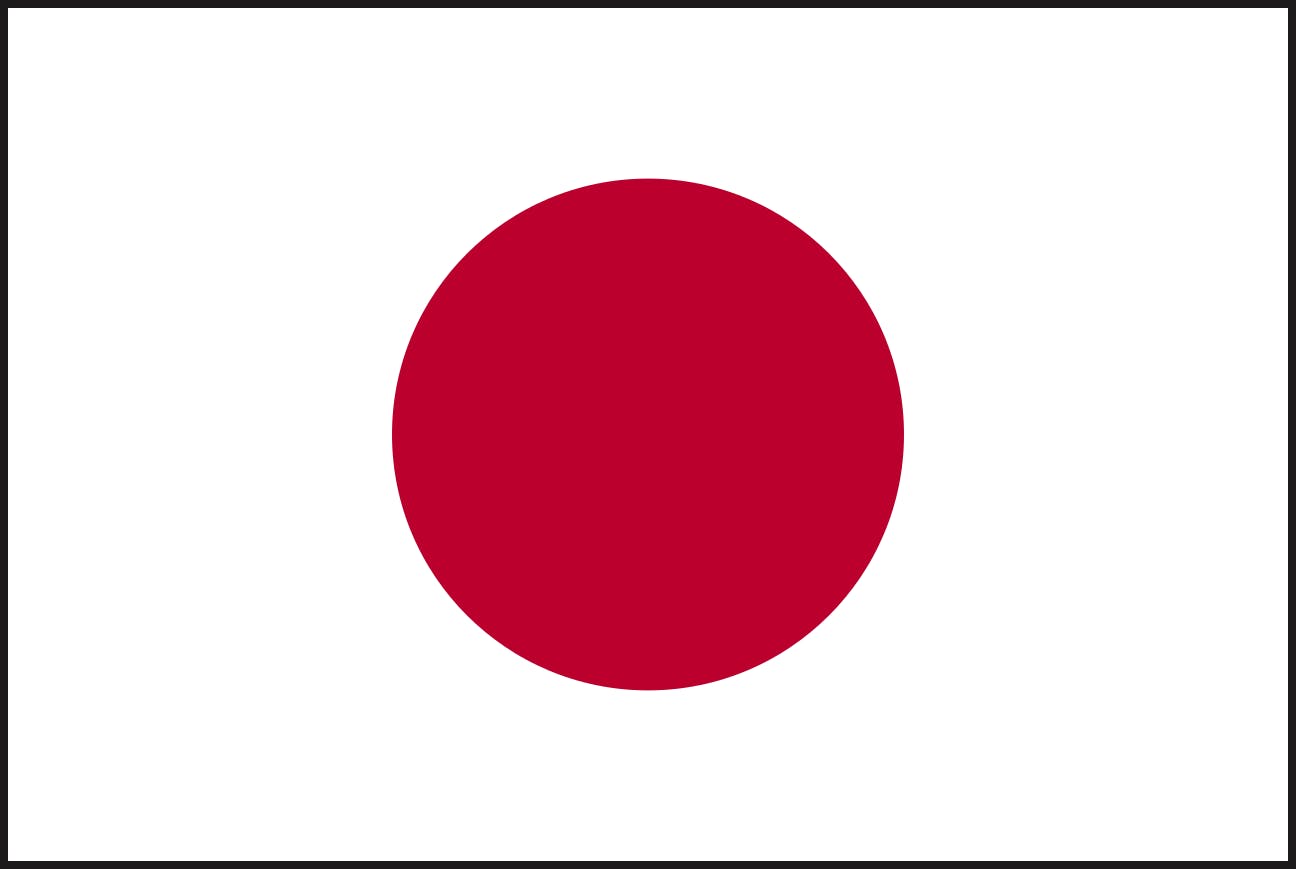Shokupan Bread: Japan's Unique, High-End Take on a Staple Food

Left: Square kakushoku bread made with Japanese-style tangzhong roux (Centre The Bakery, photo by Okada Natsuko). Right: Shokupan bread goes well with Japanese food.
Bread first made its way to Japan in 1543. It's said that it was first brought over by the Portuguese, who also introduced guns to Japan around the same time. However, it was only quite a while later that Japanese people began to eat it on a daily basis. At the end of the 19th century, craftspeople who had come over from Britain (which was a supporter of Japan's Meiji government) began to bake loaves of bread in baking tins. In Japan, this type of bread is called shokupan.
Bread Overtakes Rice: Japan's Unique Way of Enjoying Sandwiches and Toast
Starting from around the time of the Tokyo Olympics in 1964, Japanese diets have continued to become more westernized. In fact, since 2011, Japanese households have been consuming more bread than rice. Even with the wide variety of bread available today, shokupan has earned its place at the Japanese dining table and has established itself as an essential part of breakfast and of lunchtime sandwiches.
In 1984, a major bread manufacturer began to sell sandwiches made by placing a filling between two pieces of bread, pressing the four edges of the bread firmly together and crimped to seal the sandwich, and then cutting the crusts cut off. This type of sandwich continues to be very popular, and you'll find it for sale in convenience stores and other places. There are 150 new sandwich products launched on the market every year, and around 400 million sandwiches were sold in Japan in 2020. With so many different types of sandwich fillings on offer — Japanese-style, Western-style, international flavors, and even sweet ingredients — there's always something new to try.


There's a huge variety on offer, from classic fillings like smooth peanut butter, egg salad and tuna salad, to more elaborate fillings that follow the latest food trends. The edges of the bread are pressed together and crimped to seal the sandwich, so you can eat it without getting your hands messy.

This specialty store located at the Tsukuba Express platform inside Akihabara Station, boasts an impressive line-up of sandwiches, including special limited edition flavors from different regions of Japan.Photo courtesy of Yamazaki Baking Co., Ltd.
In this age of social media, toast has become a big hit because it can make for really fantastic photos. Beautifully finished toast topped with a variety of ingredients brings a little bit of luxury and the joy of making food yourself — especially in times like these where we are spending a lot of time at home! Some recipe books featuring toast have even become bestsellers, with some selling as many as 50,000 copies!



More and more people are enjoying toast — and not just because of how tasty shokupan is, but also because of the photogenic toppings.
There's a Buzz Around Luxury Shokupan!
In 2013, a bakery in Tokyo's upmarket Ginza shopping district had customers lining up around the block to buy their shokupan! Shokupan can be found in supermarkets for as little as 100 yen per loaf (340 g). However, this bakery wanted to get customers to think about the bread they eat, and to show them that it can be made with high-quality ingredients using artisanal baking techniques. So they started selling two loaves of luxury bread baked using flour and milk from Hokkaido for 800 yen. Since then, with lots of new bakeries taking great care over their ingredients and production methods to produce their own special shokupan, these luxury shokupan have established themselves as high-end items that you would give to someone as a gift. One bakery in particular focused on using ionized water to create a really delicious shokupan, and now has more than 100 stores throughout Japan.


A loaf of square-shaped kakushokupan (shown in the foreground) and a loaf of "English bread" for making toast. The bread is made with flour from the town of Biei in Hokkaido and skim milk delivered straight from the farm, and tastes delicious just eaten on its own. As well as selling the bread, the bakery also offers suggestions for different ways for customers to enjoy it. The bakery has toasters set up in-store so customers can toast the bread to their liking.


The company has 107 stores throughout Japan (as of June 2021) and is planning to open a store in Los Angeles in 2021.It took them two years to perfect this soft and slightly sweet bread, which is specially made using ionized water.
Just like sushi and ramen, shokupan has become a widespread part of Japanese food culture. Maybe soon, you'll hear the word "shokupan" in other countries, too!

